Our second day in CDMX (Ciudad de Mexico = Mexico City) was mostly spent in museums.
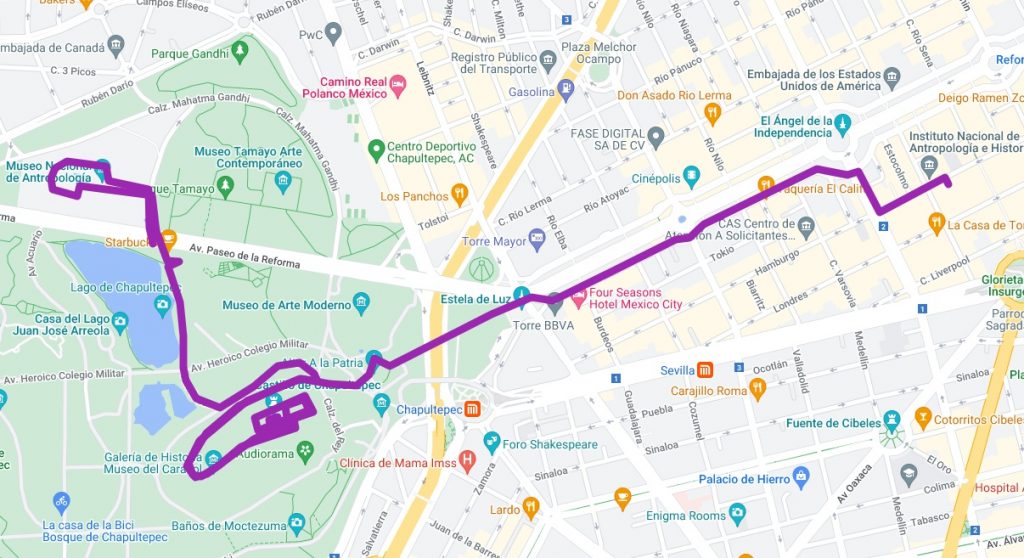
Museo Nacional de Antropologia
After breakfast, we took an Uber to the Archeology Museum. Boasting to be the most visited museum in all of Mexico, this was a world-class collection of artifacts comparable to the Met in New York. The entire museum was dedicated to pre-Columbian cultures in Mexico, including Teotihuacan, Mexica (Aztec), Olmec, Mayan, and more.
Within two-story buildings arranged in an U shape, the exhibits were organized chronologically and by culture. Rooms were numerically labeled in the recommended order of visit, and each exhibit had an indoor and an outdoor component. I was impressed by how effortless it was to navigate this place, because so many of the world’s top museums often felt like chaotic mazes designed to trap you inside (looking at you, Louvre).
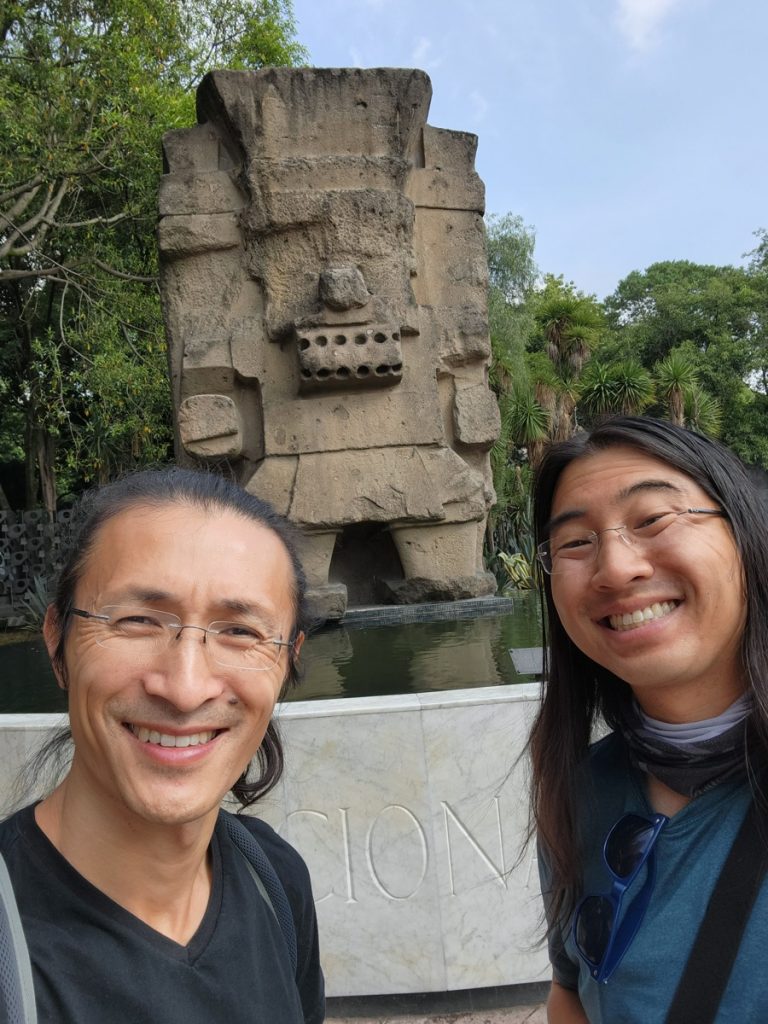
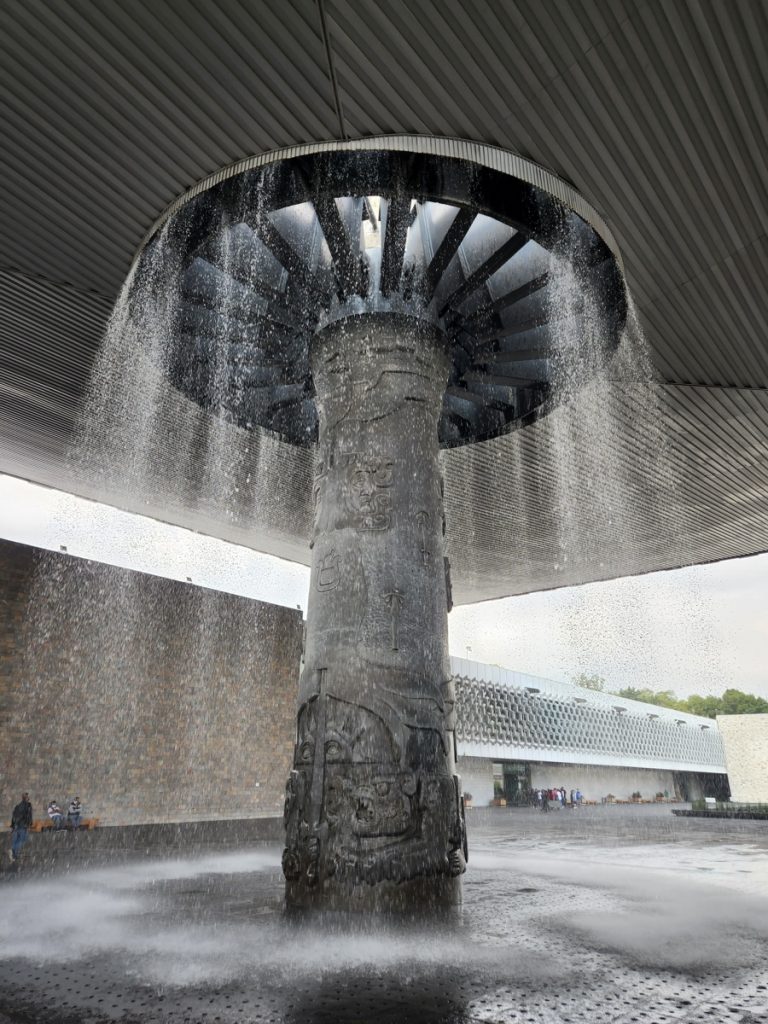
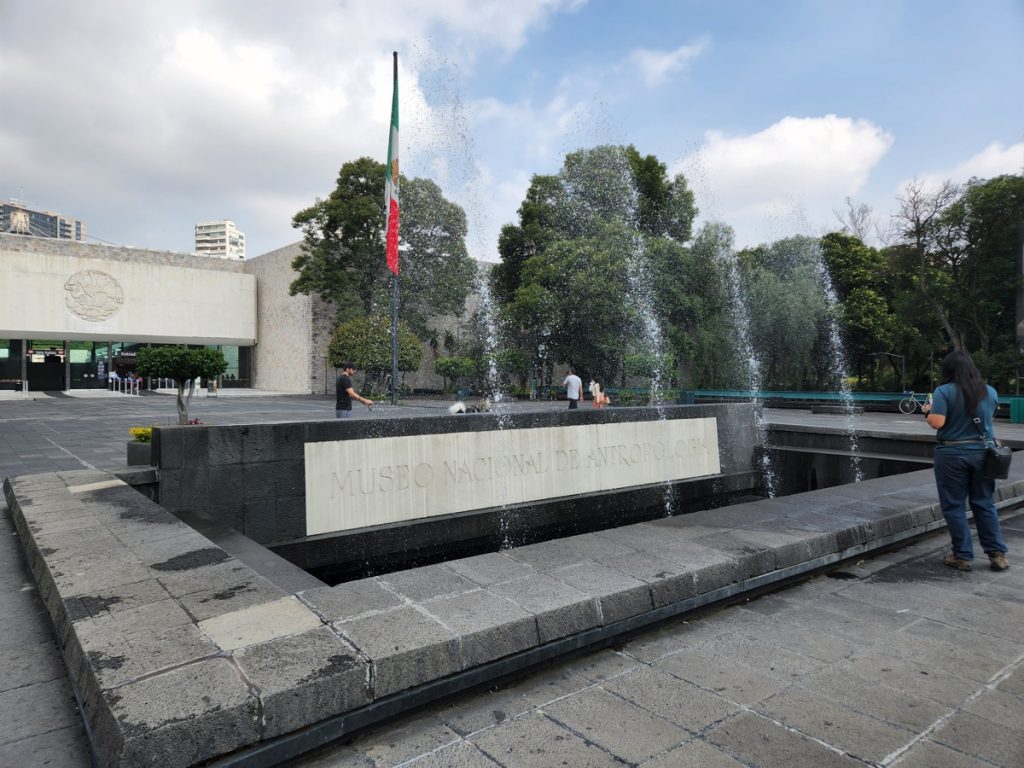
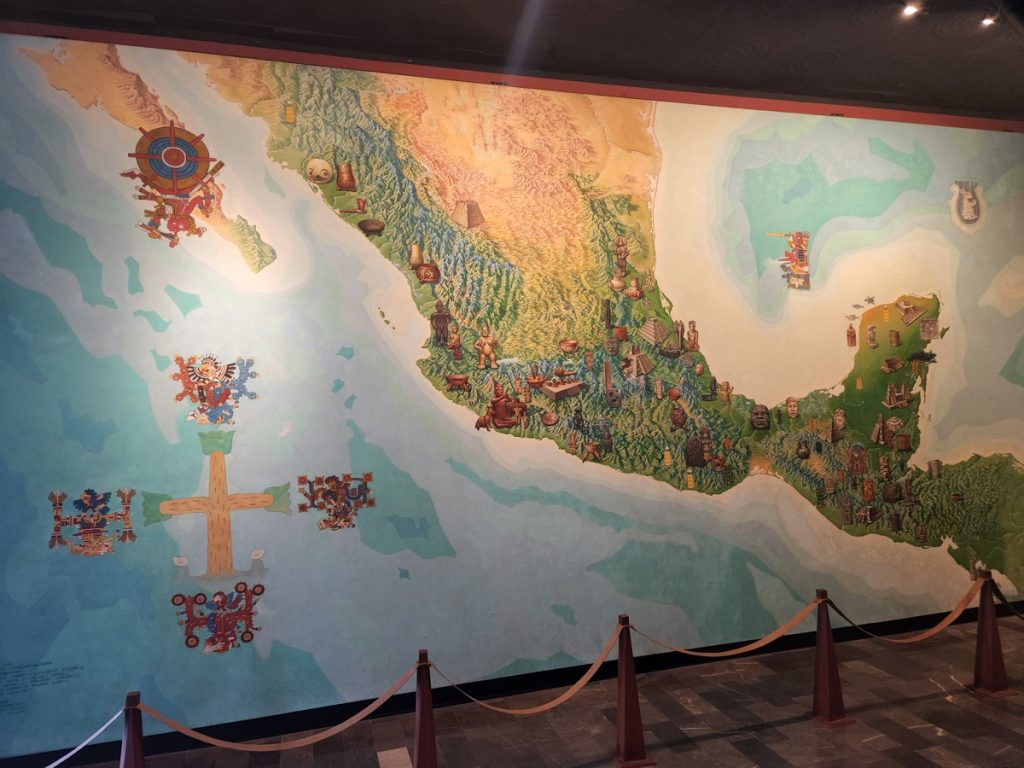
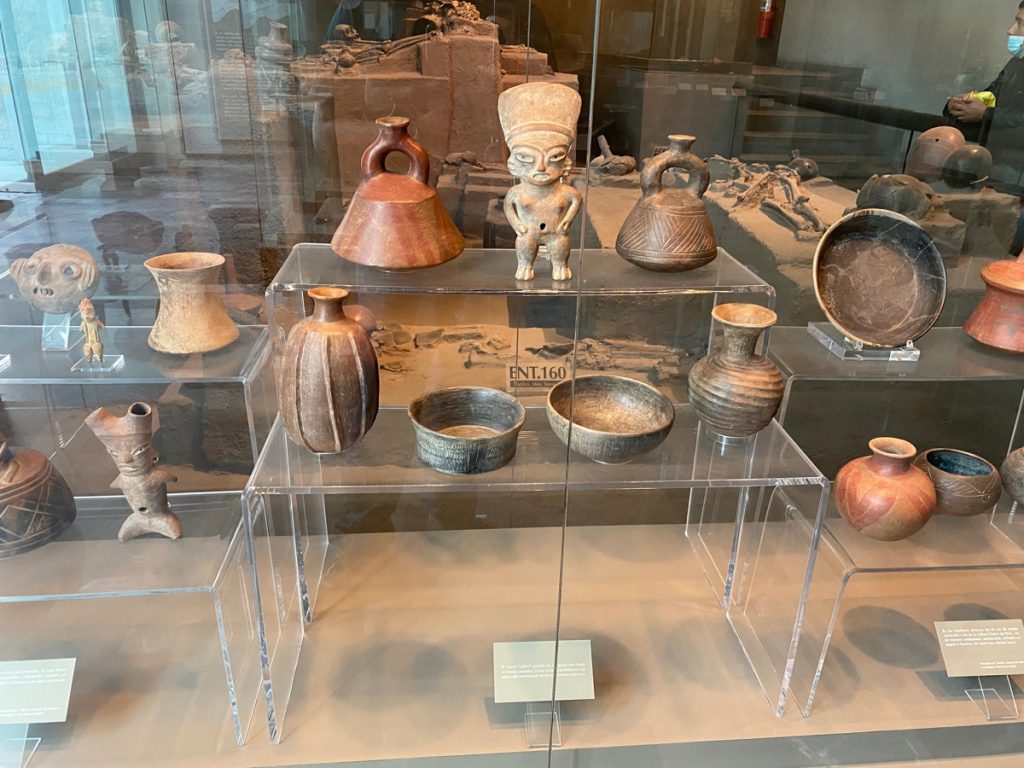
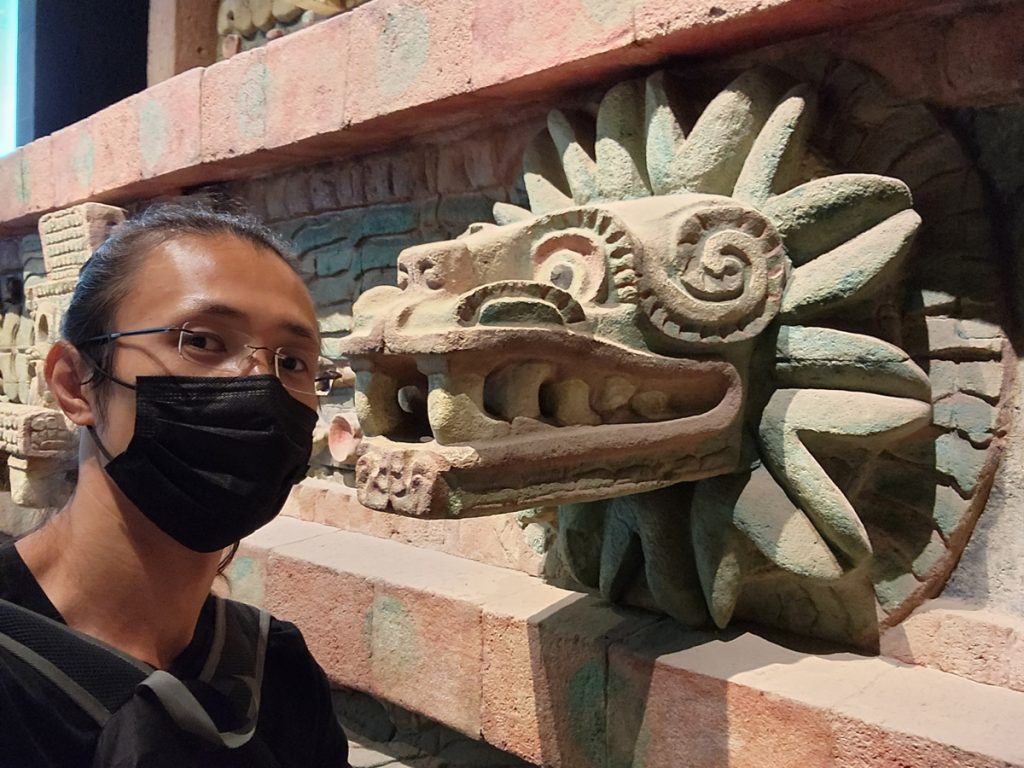
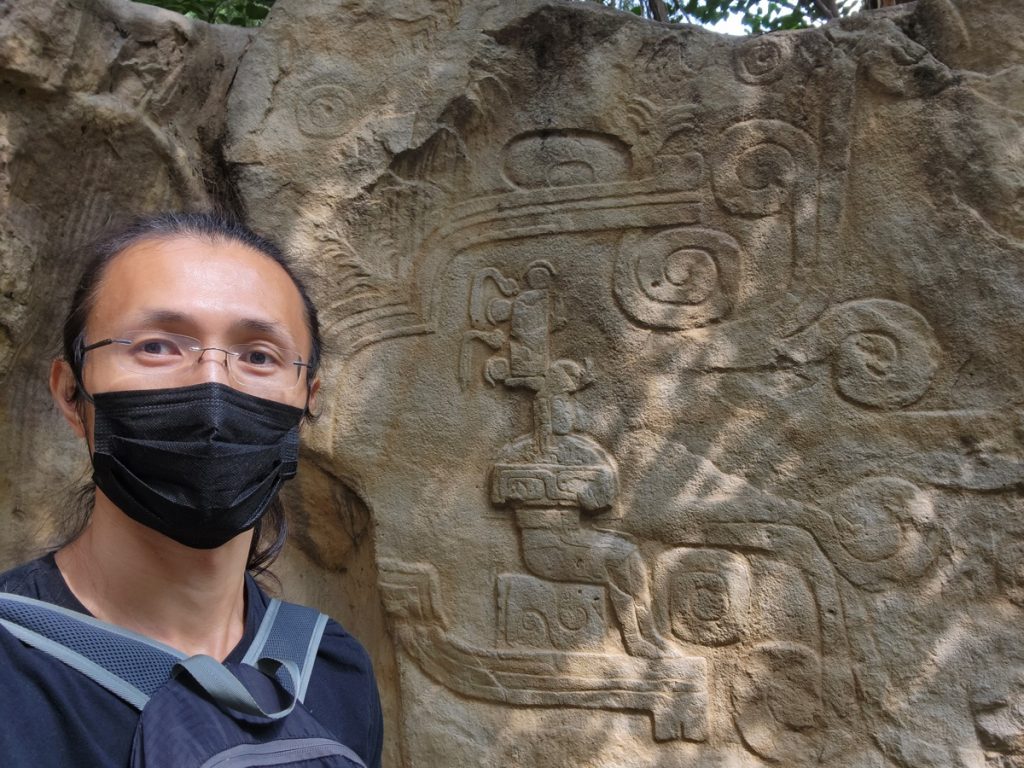
Phil and I discovered one of our key differences here. I had only allocated 2-3 hours for this museum in my mental itinerary, and was naturally power walking through it to look for the biggest, most impressive artifacts to take selfies with. On the other hand, Phil turned on his scholar mode and began studying every little clay figurine and ancient spoon. I ended up with more photographs of giant sculptures and he told me interesting facts that I missed. Perhaps we should have budgeted more time for this place, though.
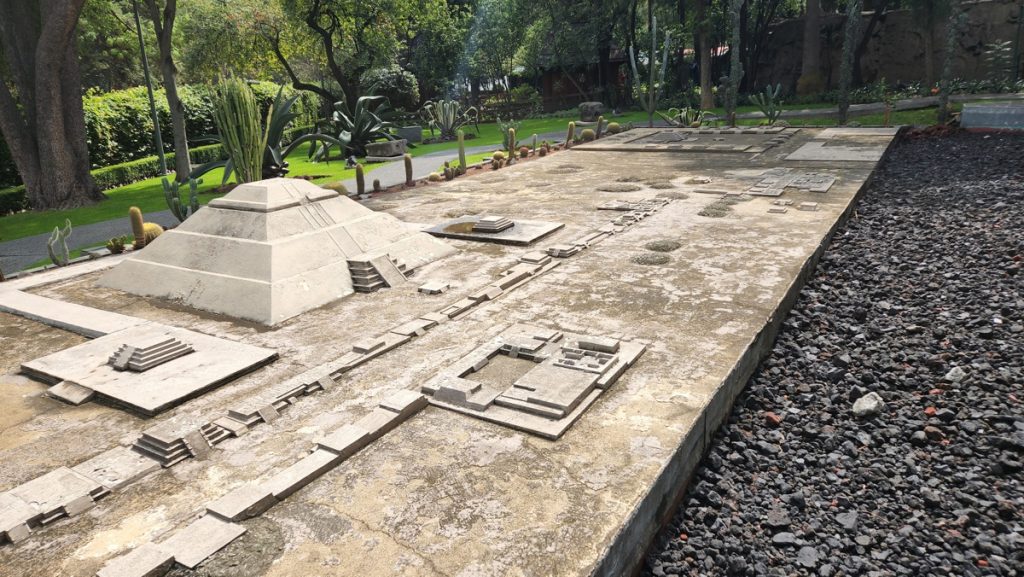

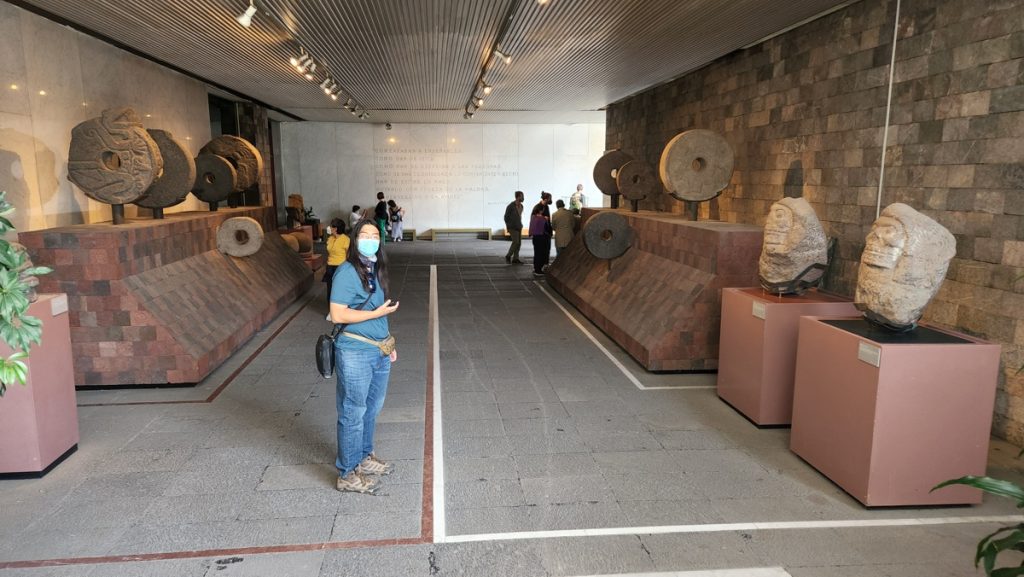
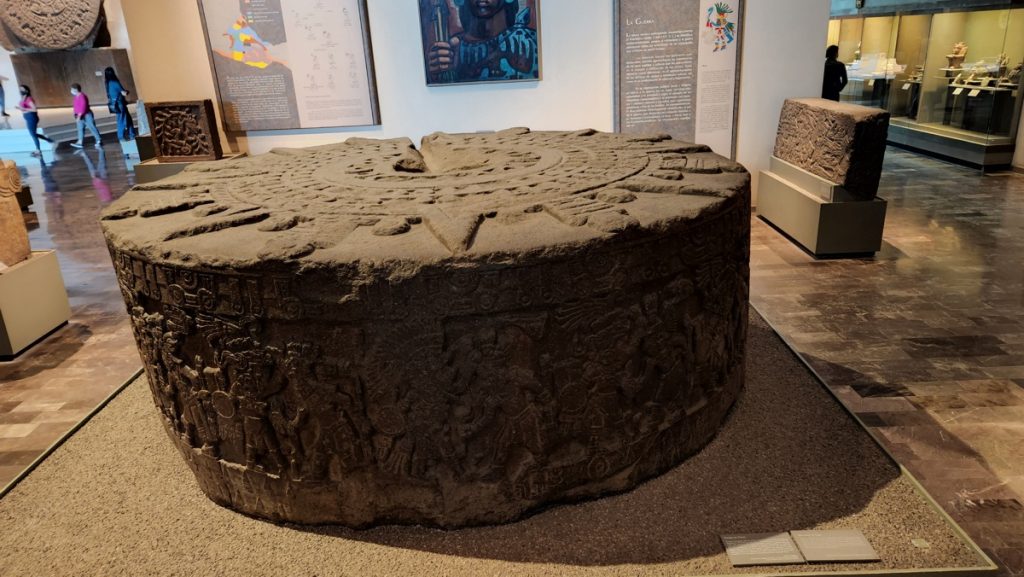
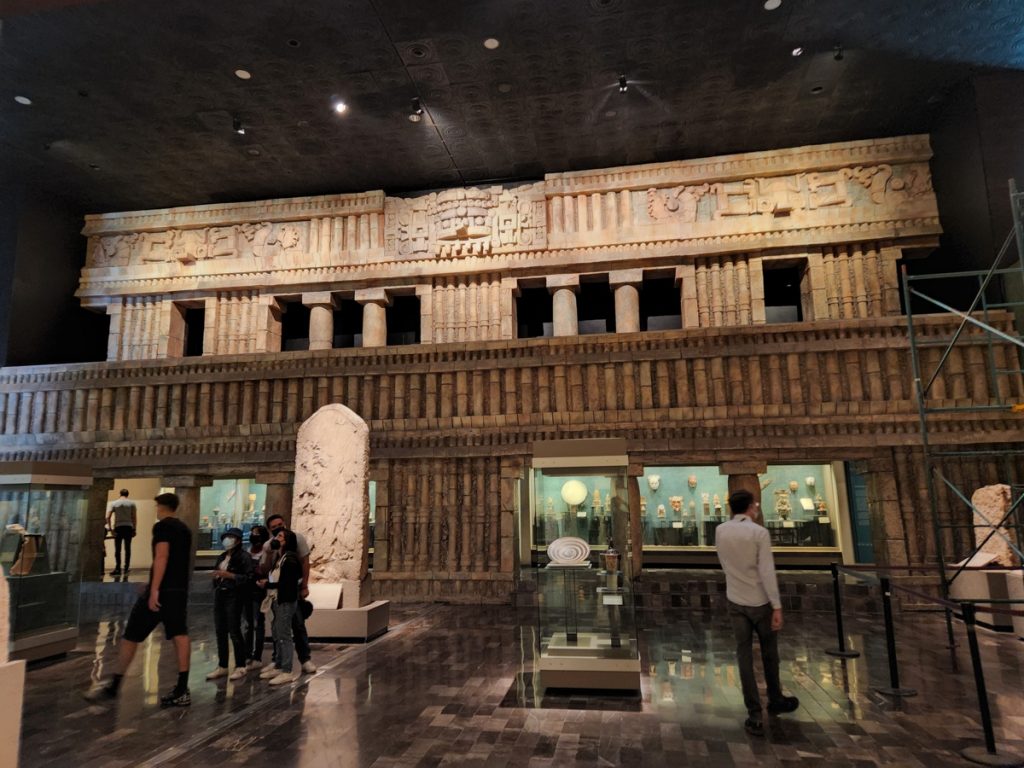
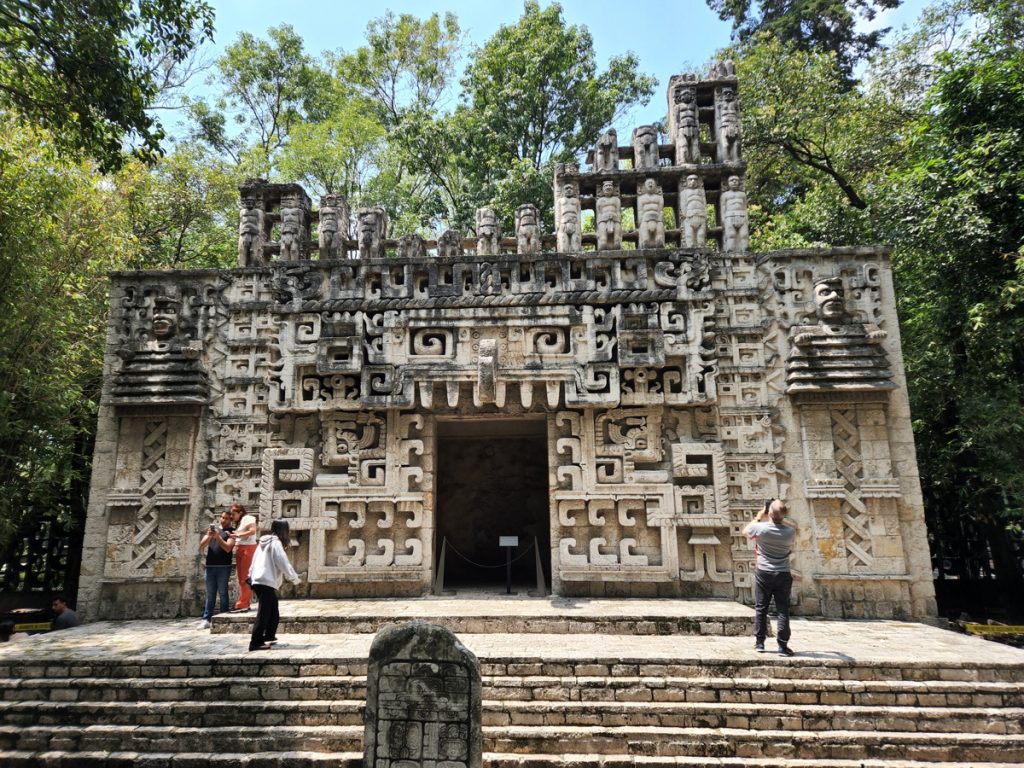
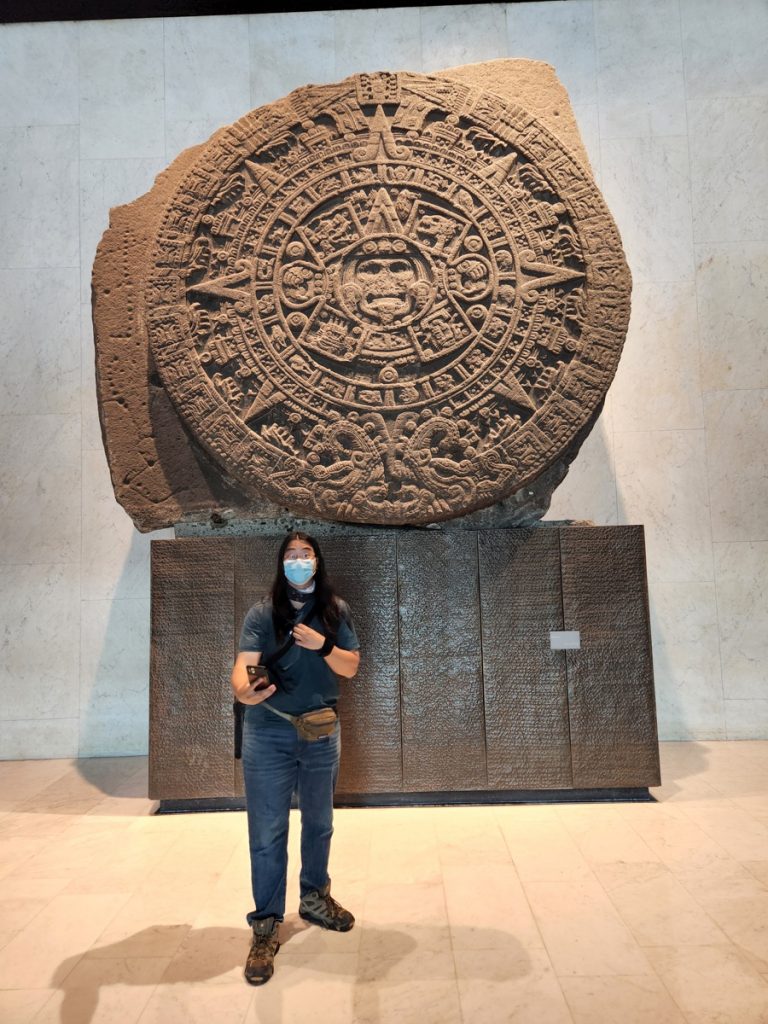

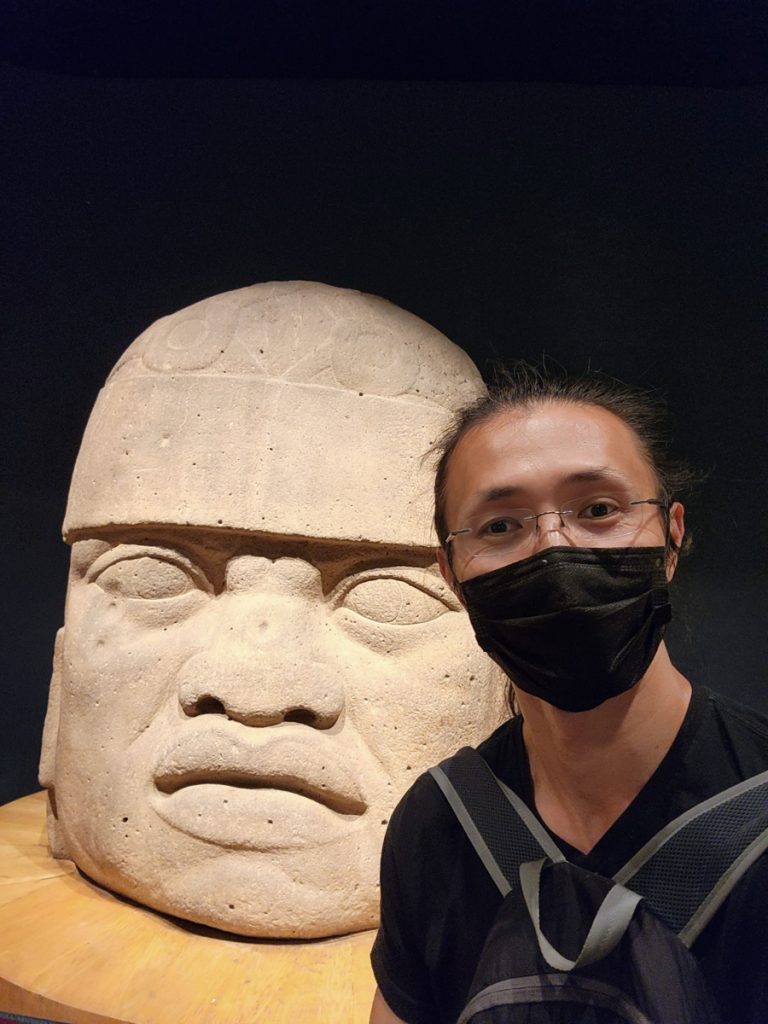
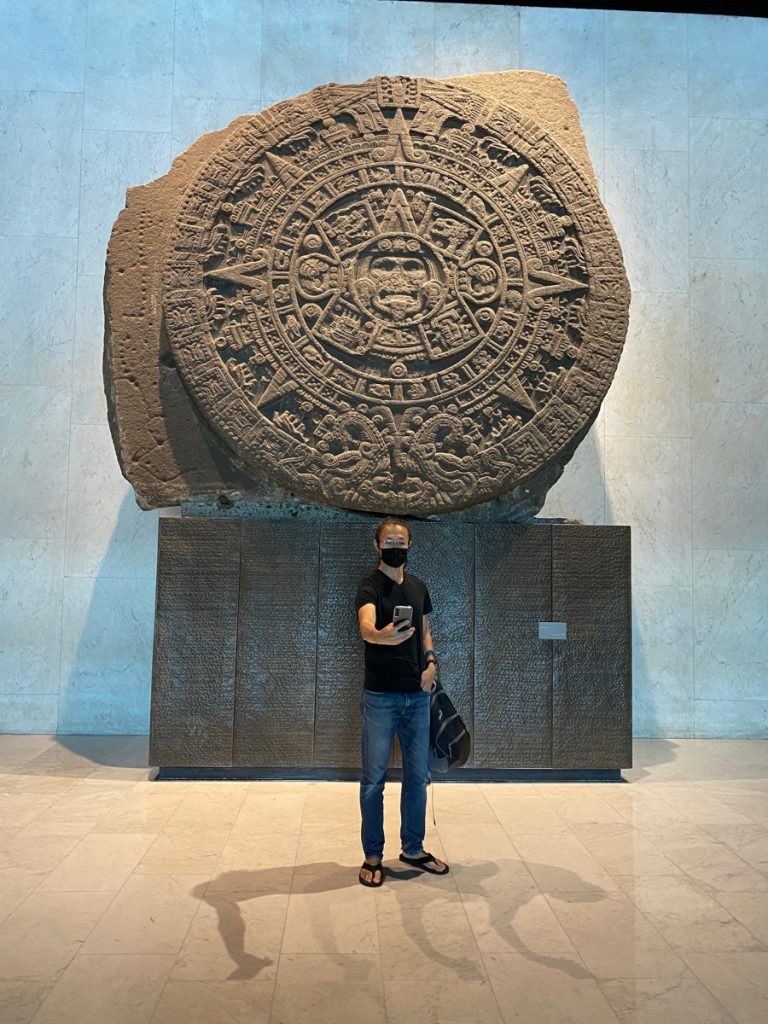
All this impressive Mesoamerican stuff got me thinking: why did we know so little about it? We think of Mayans and Aztecs as some super exotic babarians, and North American museums tend to place Mesoamerican exhibits in basement corners. At the same time, we regard ancient Egyptians and Greeks as our cultural predecessors because “world history” textbooks always put Mesopotamia in the first chapter. I don’t mean to pit one ancient civilization against another for importance, but we live on the same continents as these Mesoamerican cultures. They built cool structures like the Egyptians; had advanced engineering that wowed the Spanish; and cultivated some of the world’s most important crops that we eat everyday. Shouldn’t we try harder to understand them and take pride in them?
Castillo de Chapultepec
After the Archeology Museum, the plan was to head into the hipster part of town by walking through the giant Chapultepec (“Grasshopper Hill”) Park. On the way, we figured we’d walk by the castle within the park for a couple quick photos.
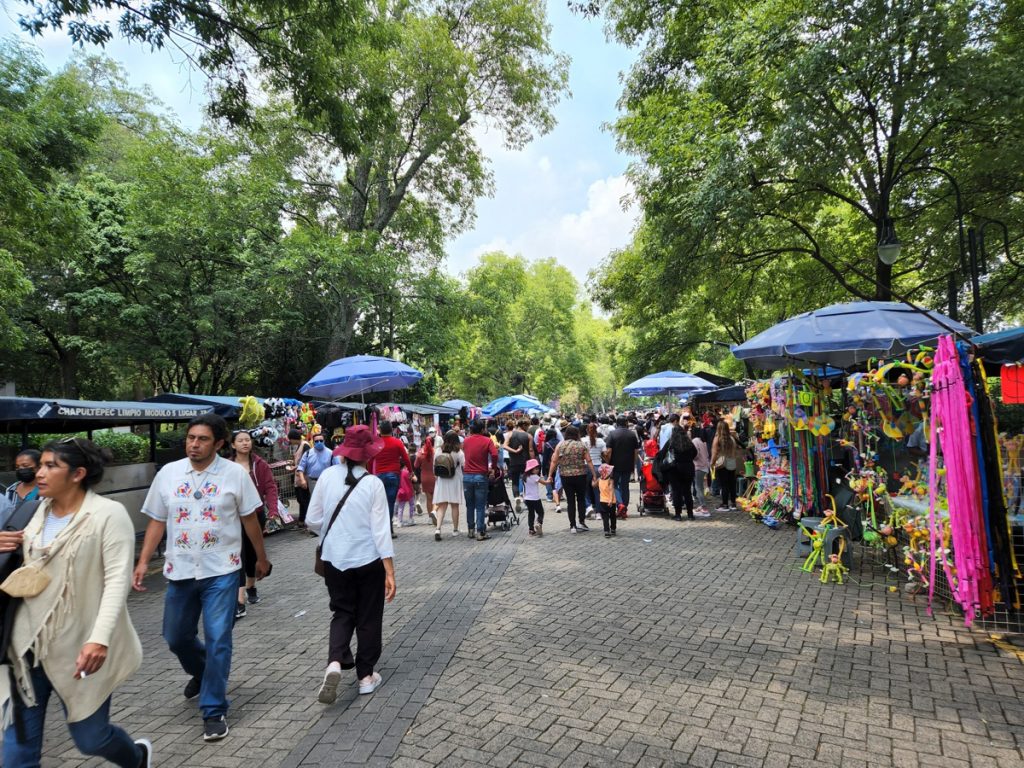

The castle was now the National History Museum. We had decided that there was no need to spend time in such a museum, but it wasn’t until after ascending the big hill that we realized the best photo ops were all beyond the paywall. Well, Museums in CDMX were all so cheap anyway (~$4.50), so I suggested that we buy tickets to enter, snap a few photos, and get right back on track to find lunch.
We really sucked at sticking to plans, and allowed one thing to lead to another until we had fully traversed the entire castle museum. This European-styled castle was home to a Hapsburg emperor, a dictator, and a bunch of presidents. The architecture, furnishing, and most notable inhabitants were all clearly European, which provided a stark contrast with the Mesoamerican stuff that we saw in the morning.
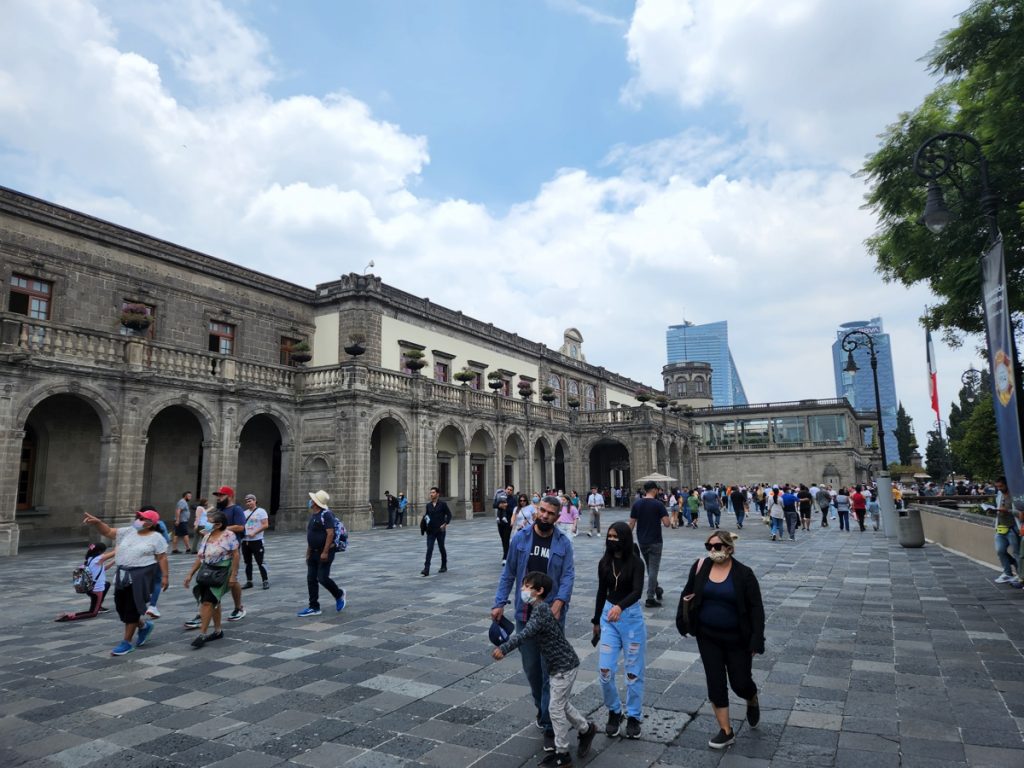
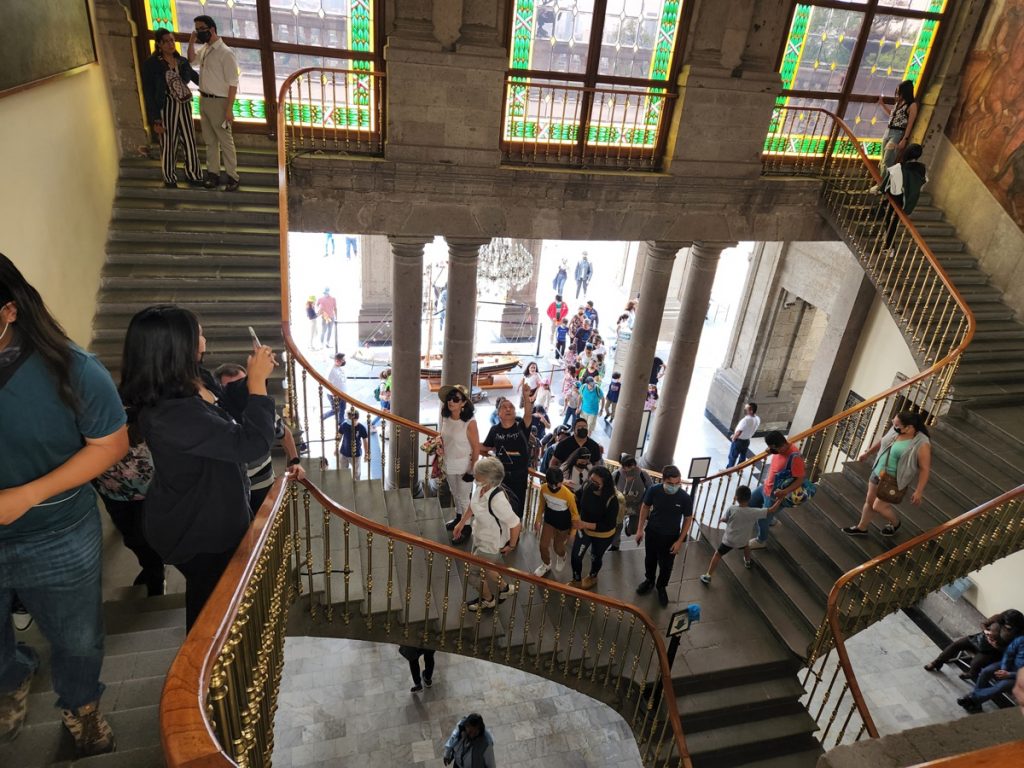
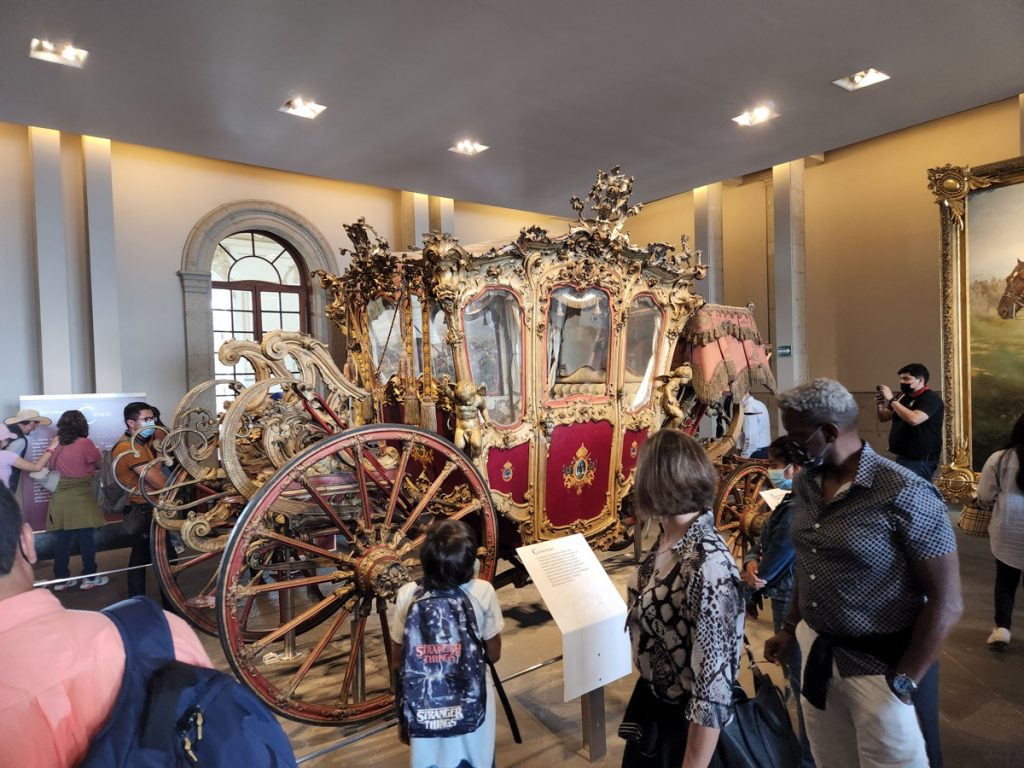
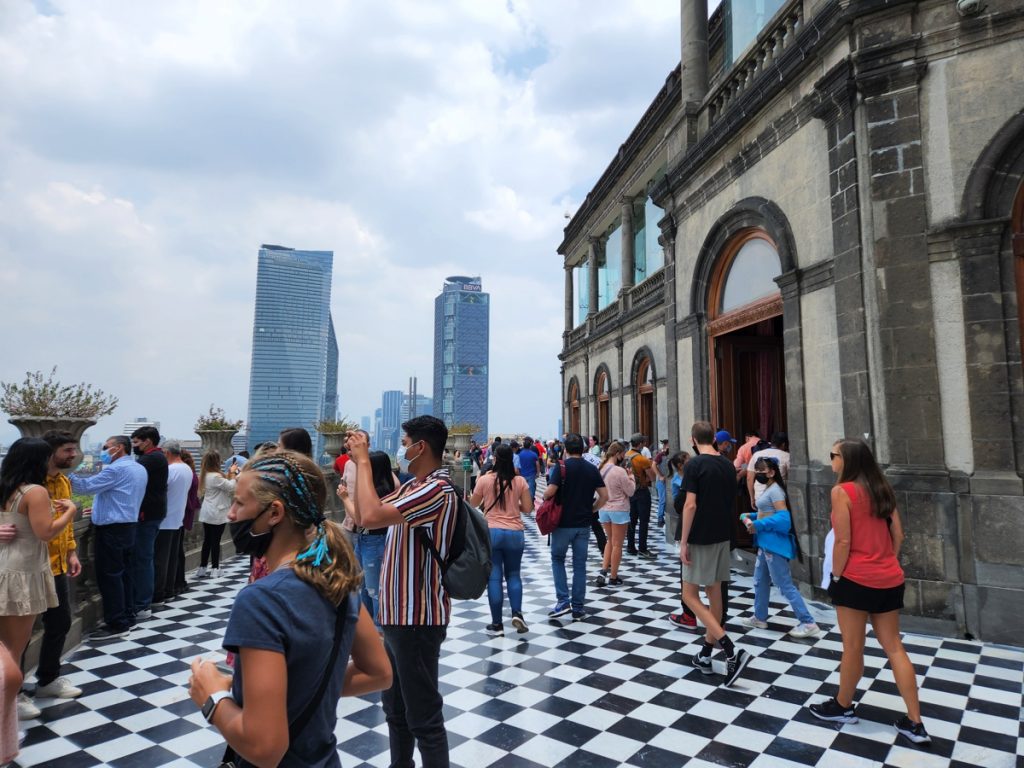

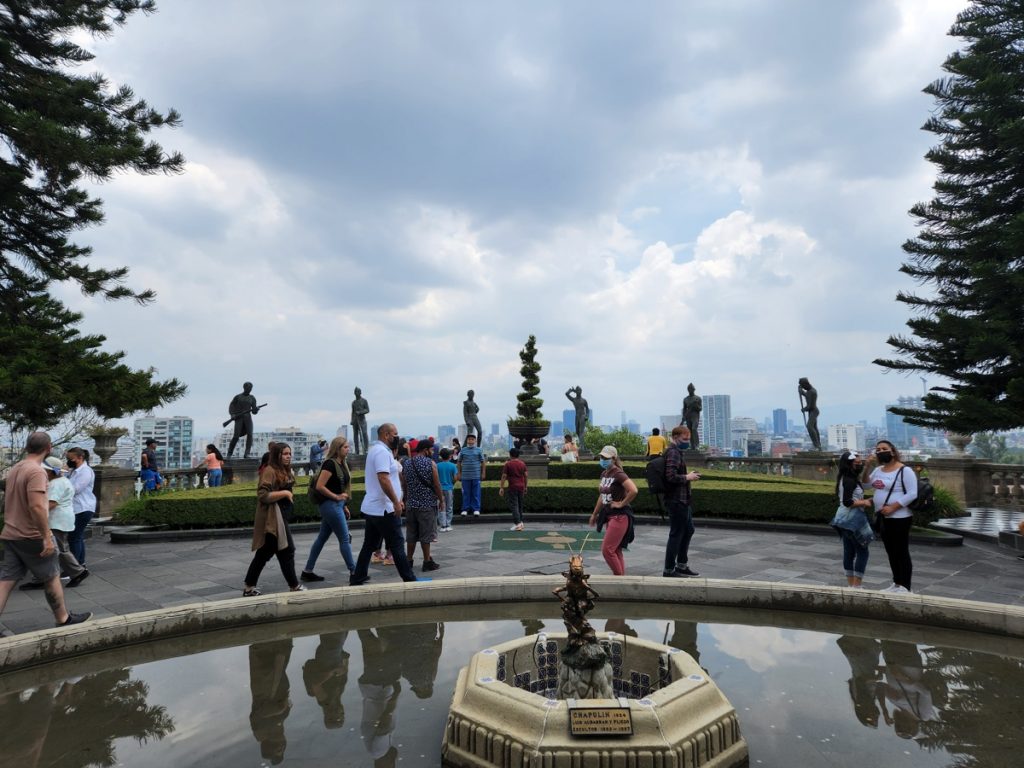
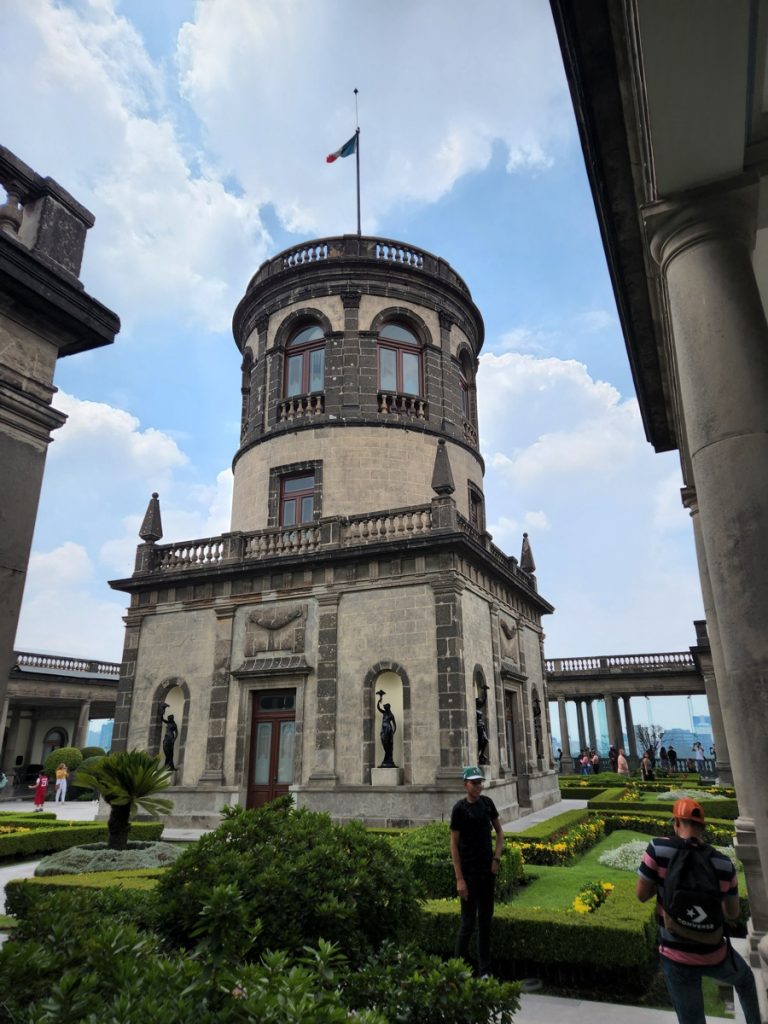

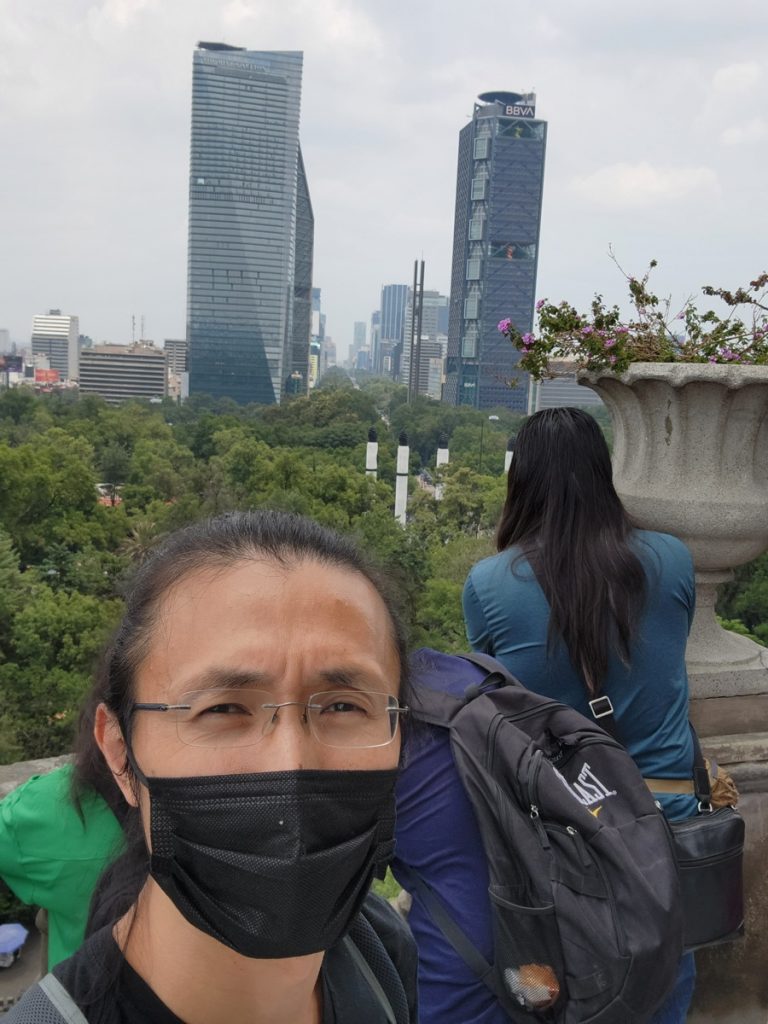
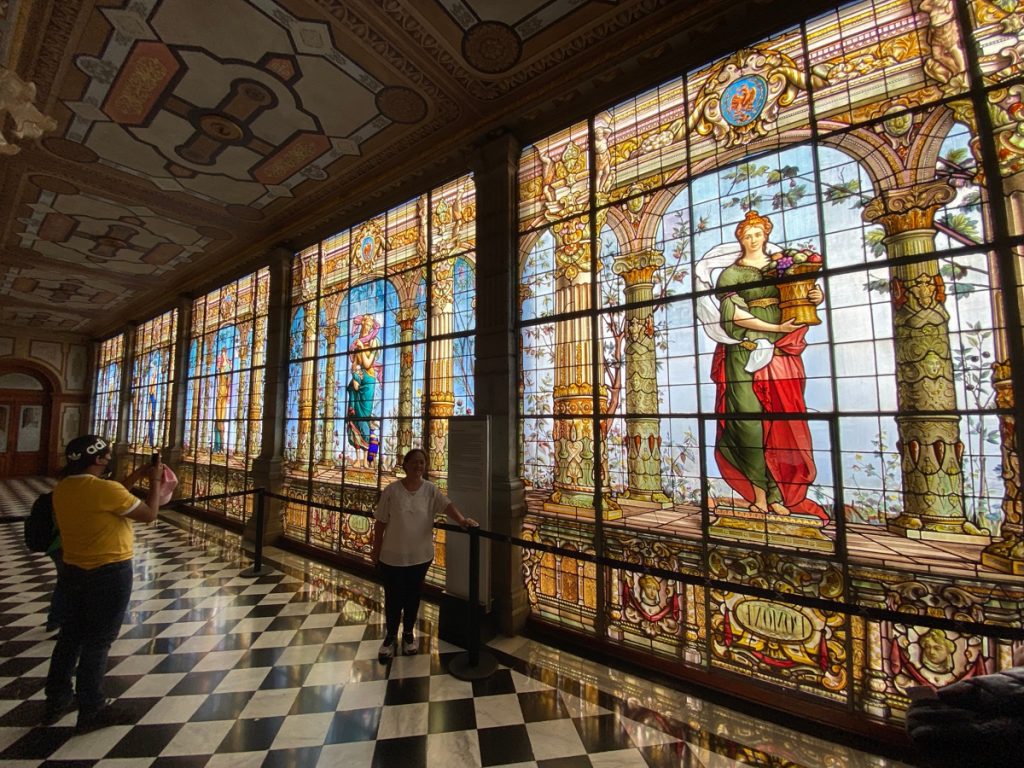
Altar A La Patria
On the way out of the Chapultepec Park, we paid respect to Altar A La Patria, the monument to commemorate Los Ninos Heroes, the six cadets who died here in 1847. This monument was a lot bigger than I imagined, and visually very striking.
Who were these boy heroes and how did they die? Well… you see, there was this thing called Manifest Destiny as part of the founding myth of United States, stating that American settlers were destined by God to take over the continent. In order to take half of Mexico’s land as our own, from California to Texas, President Polk started the Mexican-American War in 1846. American troops marched all the way into Mexico’s capital city, and the six cadets died defending their home country at the castle. Some of them jumped to death from the cliff to avoid capture by the Americans. So yeah… I don’t recall my high school class mention this glorious chapter in the US history.
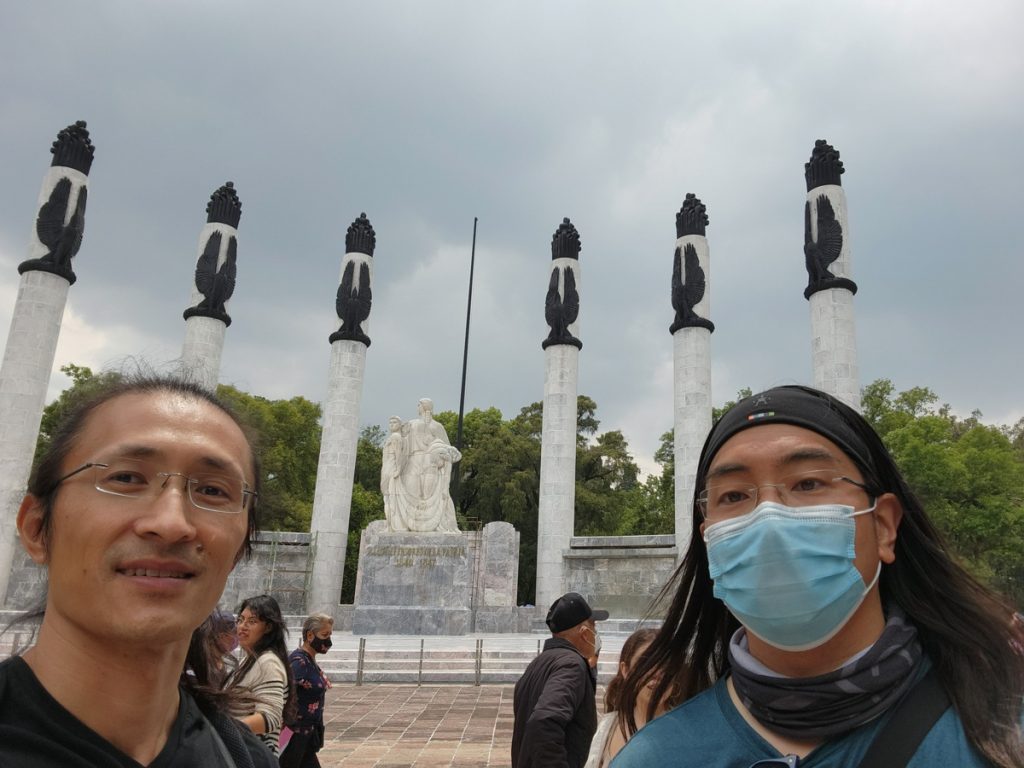
As a resident of California, it was awkward to ponder what this gigantic monument was telling us. Our government had been preoccupied securing our “southern border” from “bad hombres”. Yet, all those years ago, we were the “bad hombres” who crossed the line and bullied all this land from our southern neighbor. Our country went as far as killing children in order to achieve that Manifest Destiny. Standing here, I wondered if this monument was more about commemorating Mexico’s patriotic martyrs or shaming the United States for what it had done.
Cafebreria El Pendulo
On a lighter, less historical note, we found our way to a cute bookstore cafe for a late afternoon lunch. It was neat! As expected, though, the food was just so-so.
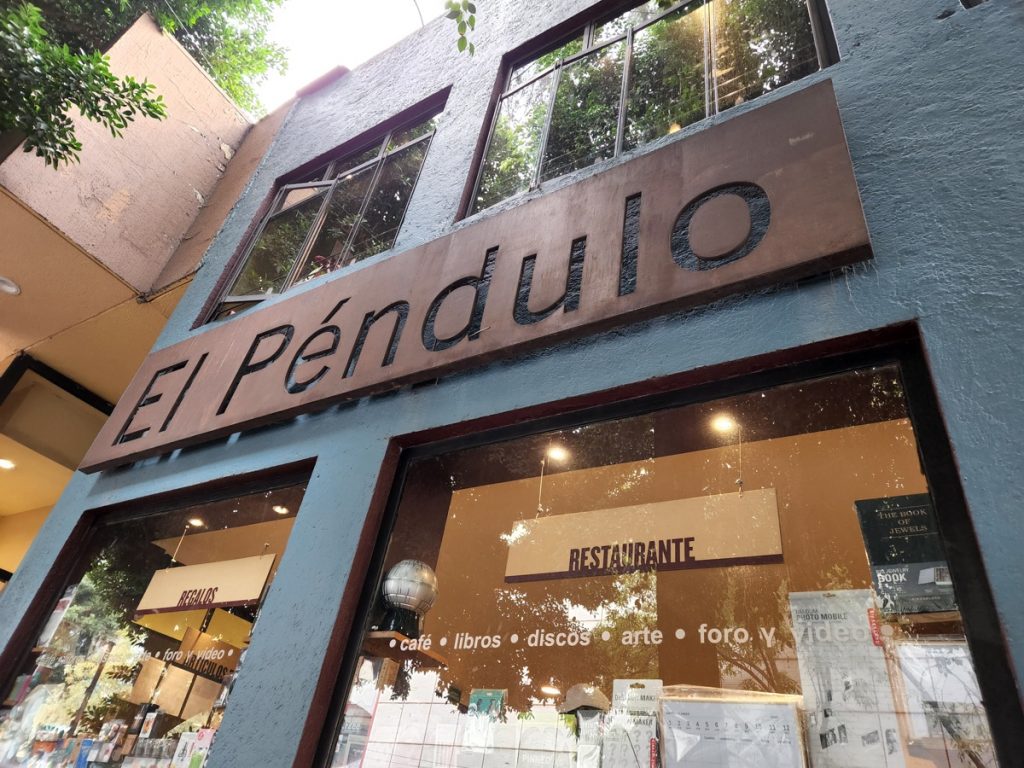

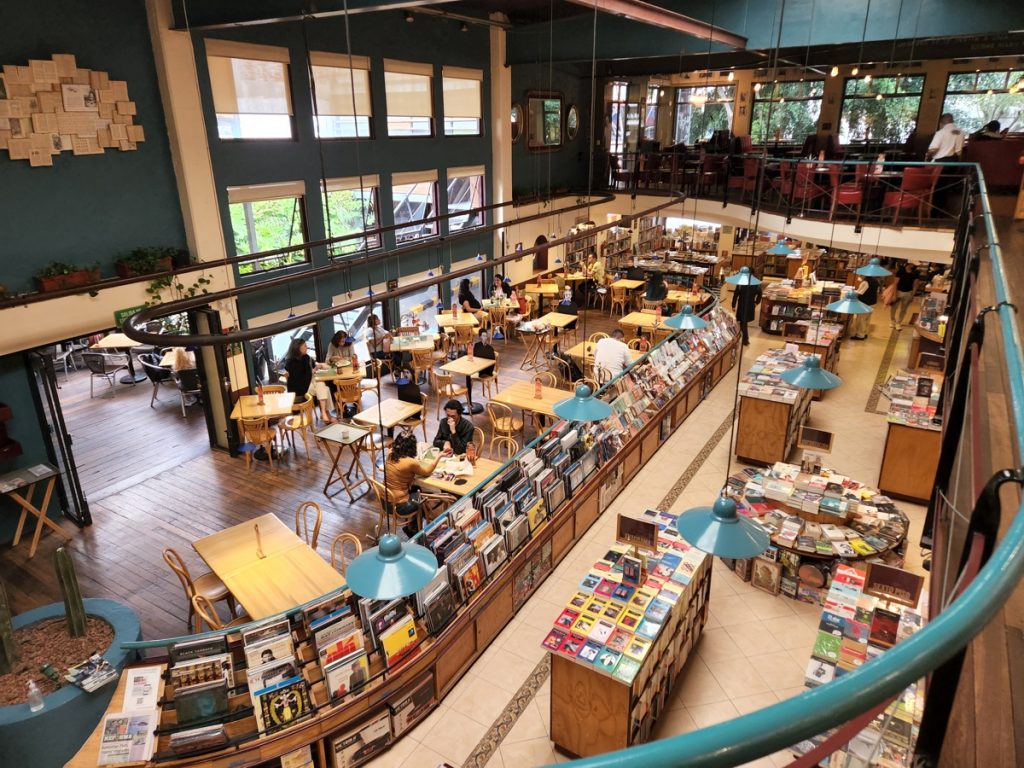
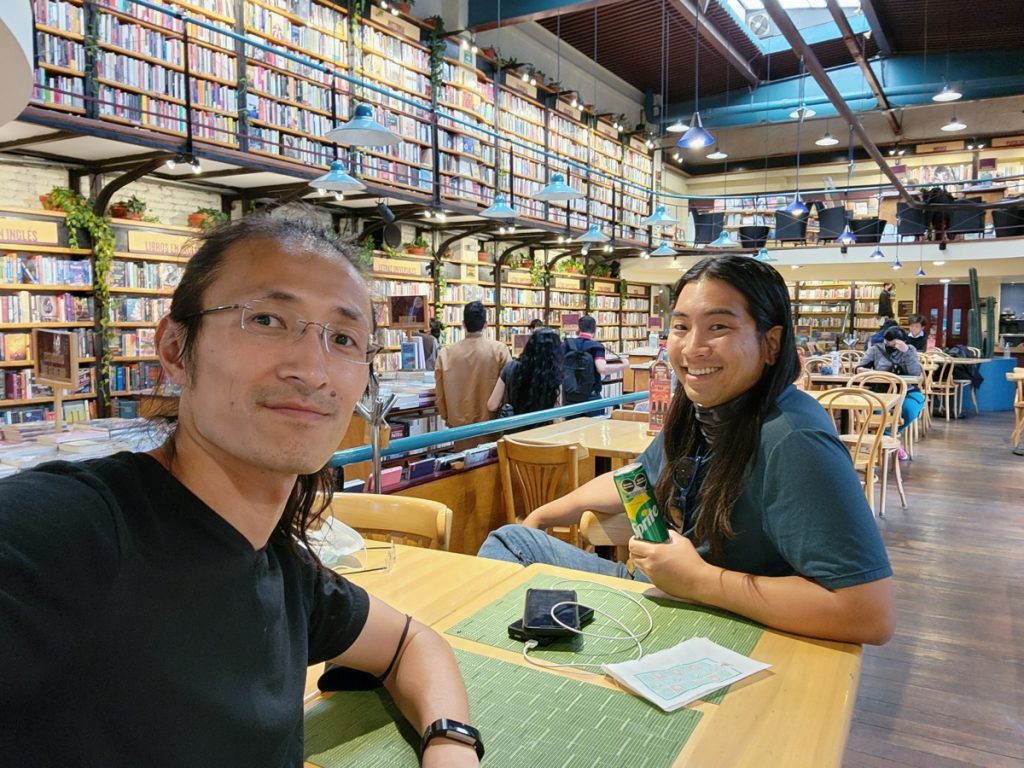
CDMX 2022 Trip Index
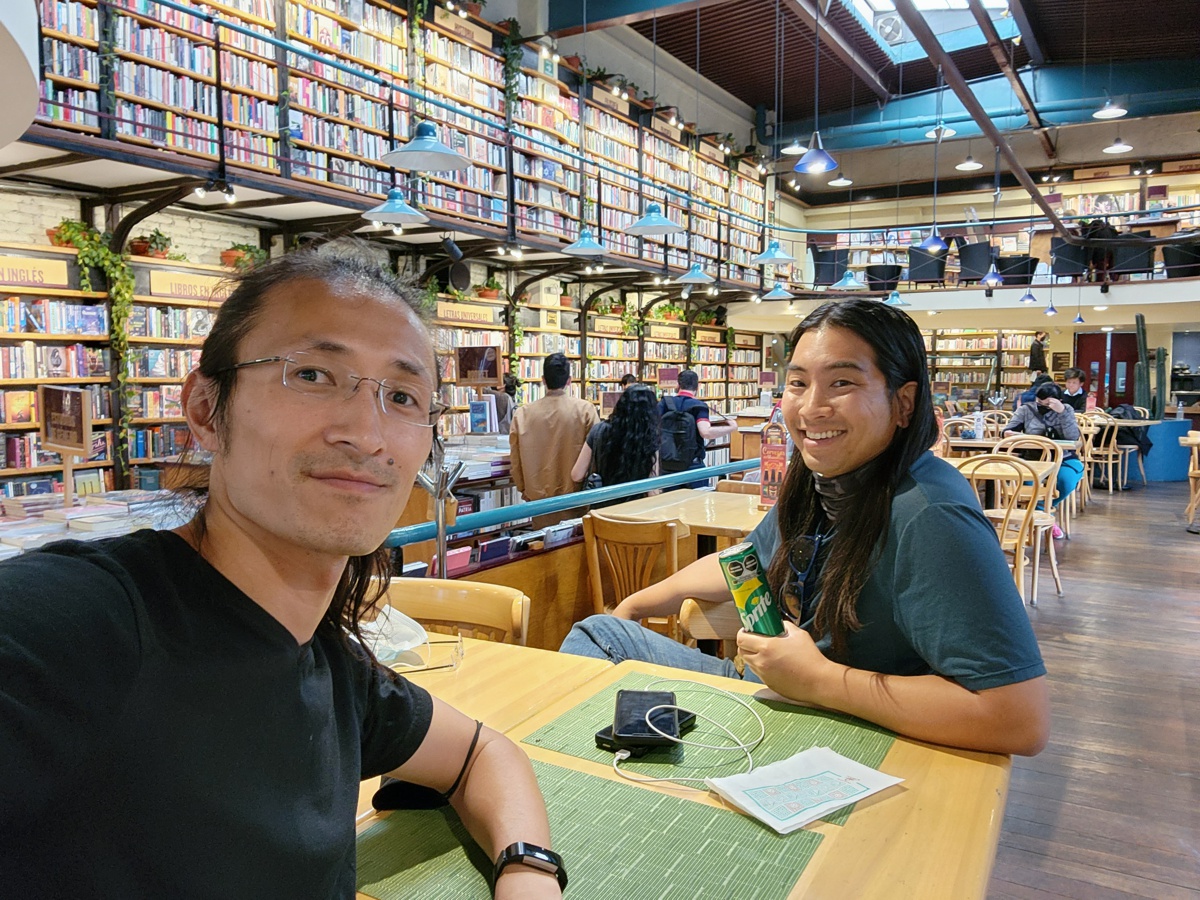
CDMX 2022 (1/8) – Day of Landing in Taco Heaven – Peter's Blog
September 5, 2022 at 8:24 pm[…] Day of History Museums […]
CDMX 2022 (2/8) – Day of Teotihuacan Pyramids – Peter's Blog
September 5, 2022 at 8:25 pm[…] Day of History Museums […]
CDMX 2022 (5/8) – Day of the James Bond Hotel – Peter's Blog
September 5, 2022 at 8:26 pm[…] Day of History Museums […]
CDMX 2022 (6/8) – Day of Last Hurrah – Peter's Blog
September 5, 2022 at 8:28 pm[…] Day of History Museums […]